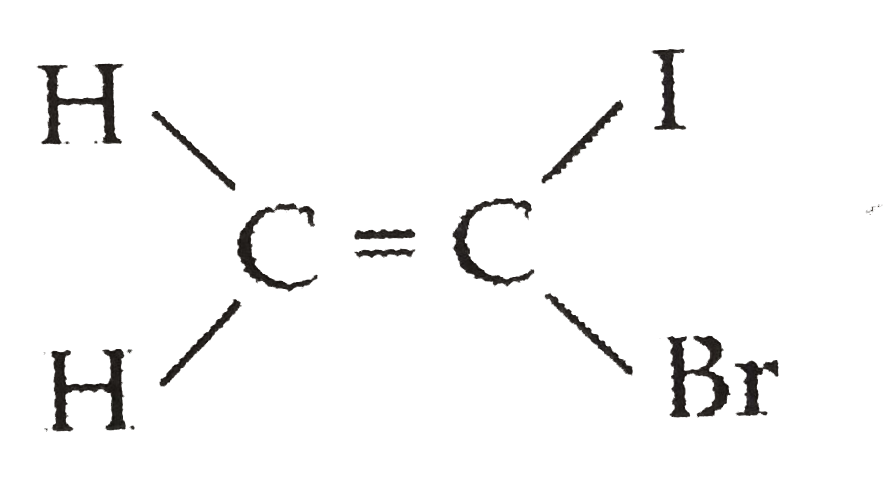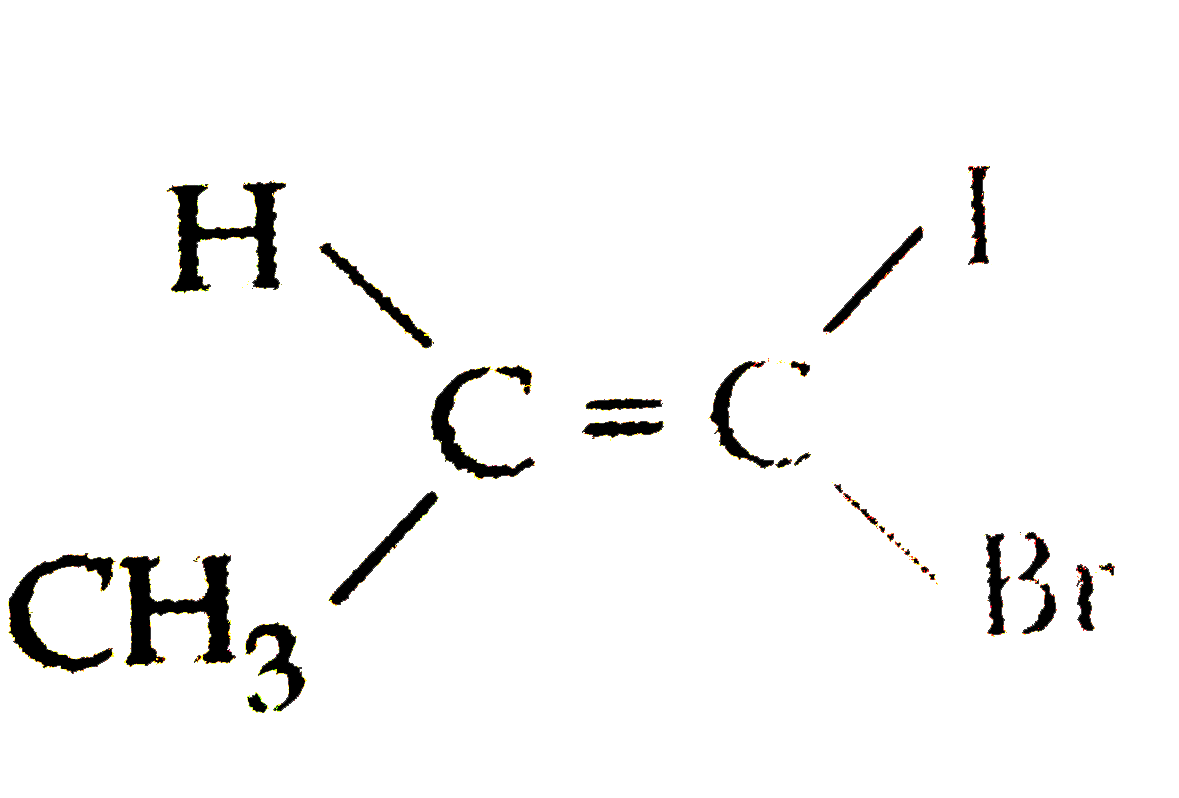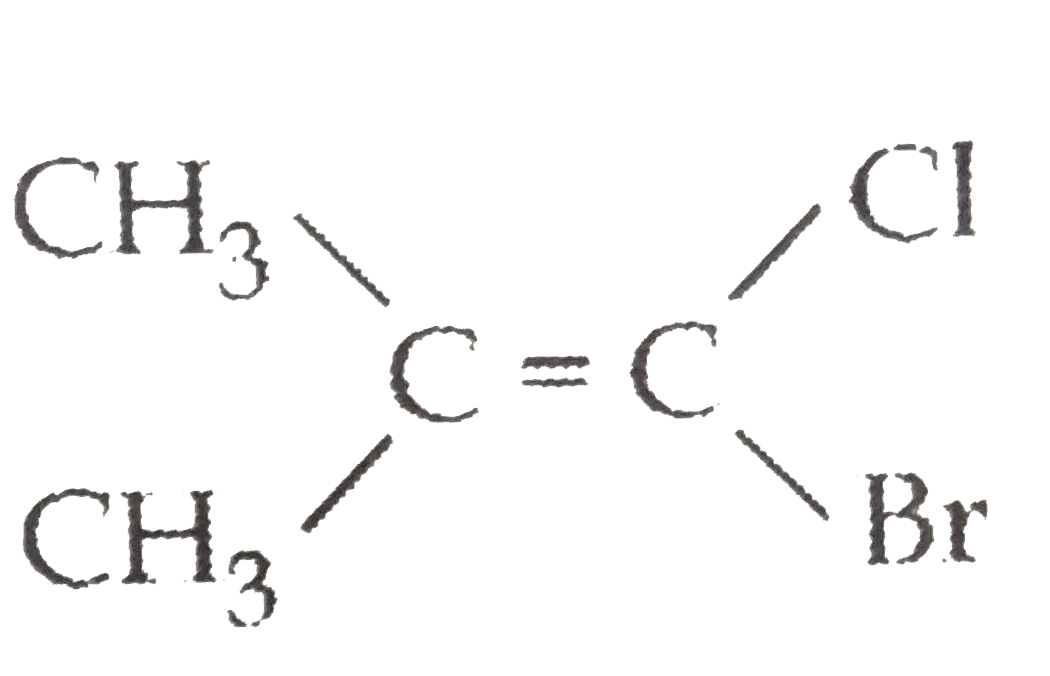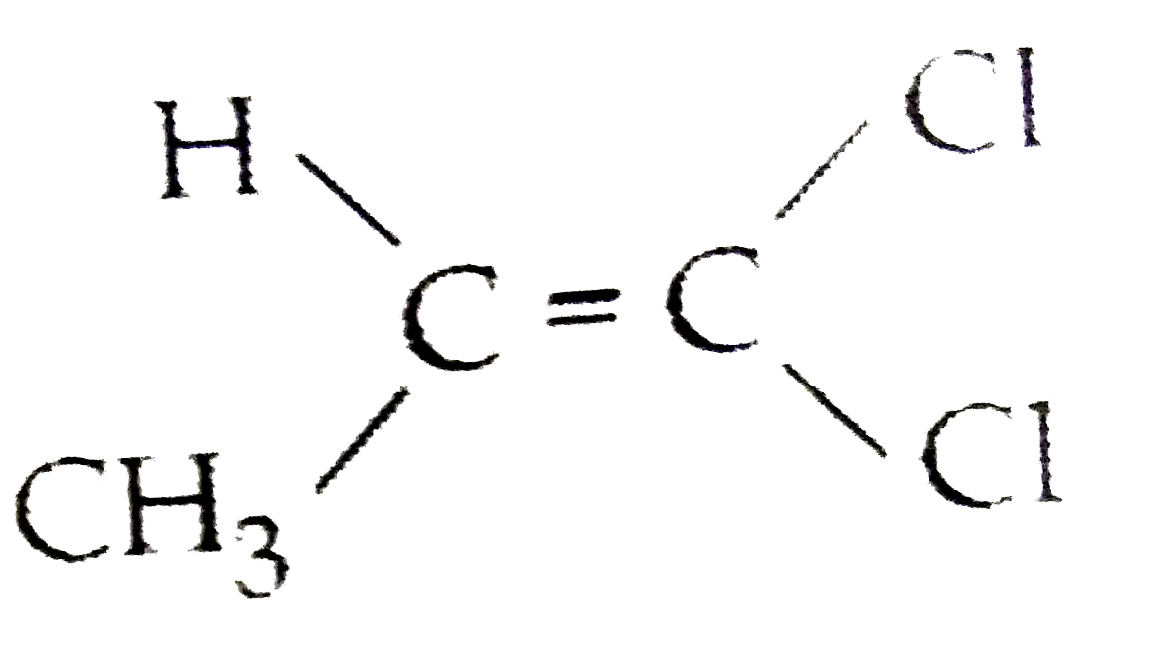Reason for geometrical isomerism shown by 2- butene is
Chiral carbon
Free rotation about single bond
Free rotation about double bond
Restricted rotation about double bond
The correct Answer is:D
Step-by-Step Solution:
1. Understanding Geometrical Isomerism: Geometrical isomerism (also known as cis-trans isomerism) occurs in compounds that have restricted rotation around a bond, typically a double bond. This restriction leads to different spatial arrangements of groups attached to the carbon atoms involved in the double bond.
2. Identifying the Compound: In this case, we are looking at 2-butene, which has the molecular formula C4H8. It consists of a double bond between the second and third carbon atoms.
3. Drawing the Structure of 2-Butene: The structure of 2-butene can be represented as:
- CH3-CH=CH-CH3
Here, the double bond is between the second and third carbon atoms.
4. Analyzing the Substituents: For geometrical isomerism to occur, each carbon involved in the double bond must have different substituents. In 2-butene:
- The second carbon (C2) has one hydrogen atom and one methyl group (CH3).
- The third carbon (C3) has one hydrogen atom and one methyl group (CH3).
5. Identifying the Isomers:
- Cis-2-butene: Both methyl groups (CH3) are on the same side of the double bond.
- Trans-2-butene: The methyl groups (CH3) are on opposite sides of the double bond.
6. Conclusion: The reason for geometrical isomerism in 2-butene is due to the restricted rotation around the double bond (C=C). This restriction prevents the free rotation that would allow the molecule to convert between different arrangements, leading to distinct isomers.
Final Answer:
The reason for geometrical isomerism shown by 2-butene is the restricted rotation about the double bond (C=C).
- CH3-CH=CH-CH3
Here, the double bond is between the second and third carbon atoms.
- The second carbon (C2) has one hydrogen atom and one methyl group (CH3).
- The third carbon (C3) has one hydrogen atom and one methyl group (CH3).
- Cis-2-butene: Both methyl groups (CH3) are on the same side of the double bond.
- Trans-2-butene: The methyl groups (CH3) are on opposite sides of the double bond.
The reason for geometrical isomerism shown by 2-butene is the restricted rotation about the double bond (C=C).
Topper's Solved these Questions
- GENERAL ORGANIC CHEMISTRYBOOK - ERRORLESS CHAPTER - GENERAL ORGANIC CHEMISTRYEXERCISE - Classification and nomenclature of organic compounds
117 Videos
- GENERAL ORGANIC CHEMISTRYBOOK - ERRORLESS CHAPTER - GENERAL ORGANIC CHEMISTRYEXERCISE - Critical Thinking (Objective Questions)
44 Videos
- GENERAL ORGANIC CHEMISTRYBOOK - ERRORLESS CHAPTER - GENERAL ORGANIC CHEMISTRYEXERCISE - Organic reactions and their mechanism
67 Videos
- GASEOUS STATE BOOK - ERRORLESS CHAPTER - GASEOUS STATE EXERCISE - JEE SECTION JEE (Advanced) 2018 Numeric answer type question
1 Videos
- HALOGEN CONTAINING COMPOUNDBOOK - ERRORLESS CHAPTER - HALOGEN CONTAINING COMPOUNDEXERCISE - Critical Thinking (Jee (Advanced) 2018)
1 Videos
Similar Questions
Knowledge Check
Geometrical isomerism is shown by
A[Co(NO2)(NH3)5]2+B[RhCl3(CO)3]0C[CrCl3(NH3)3]0Dboth b and c.Geometrical isomerism is shown by
ATetrahedralBOctahedralCSquare planerDBoth (b) and (c )Geometrical isomerism is shown by
A B
B C
C D
D
